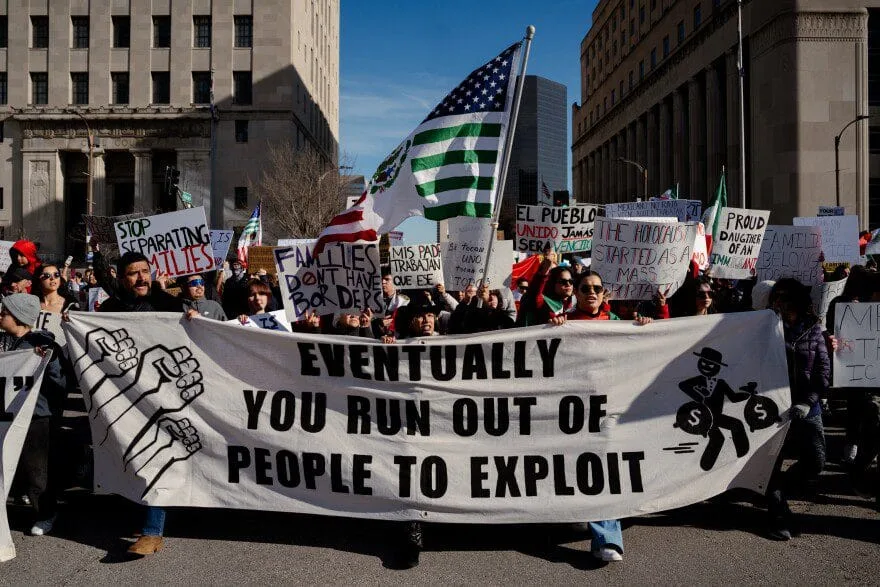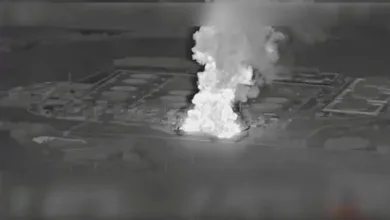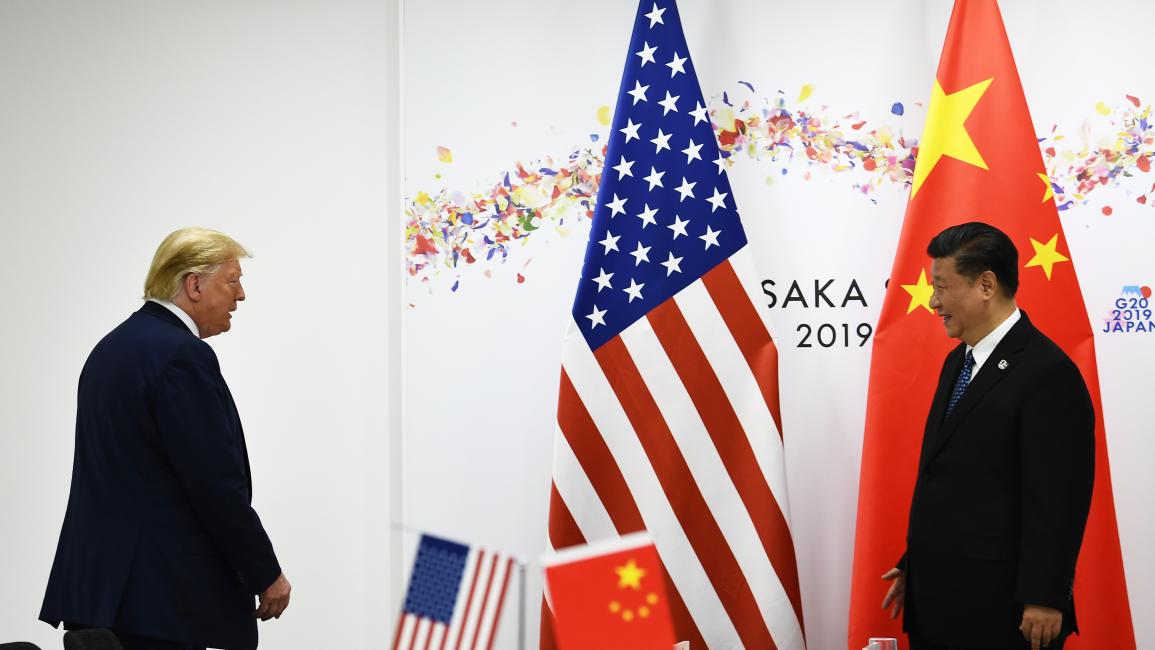
A wave of mass protests is sweeping across major U.S. cities as new deportation policies spark public outrage. Discover why thousands are marching and what this means for America’s immigration debate in 2025.
In the summer of 2025, the United States finds itself once again at the center of a heated immigration debate. This time, the spark was a series of executive orders that ramped up deportation efforts, triggering spontaneous mass protests in cities from Los Angeles to New York. Tens of thousands have flooded the streets, waving banners, chanting for change, and demanding a more humane immigration system. But why now? And what makes these protests different from those that came before?
A New Wave of Deportation Orders
The controversy began when federal authorities announced an updated deportation policy targeting undocumented immigrants with minor offenses—not just serious criminal records. Critics quickly called it “a blanket crackdown” rather than a targeted strategy.
-
Expansion of priority list: Minor infractions now make immigrants eligible for removal.
-
Faster processing: New “expedited removal” measures reduce appeals.
-
Increased ICE raids: Reports of coordinated actions in sanctuary cities sparked fear.
The administration defends the policy as a necessary step to “restore order” in the immigration system. But immigrant communities and civil rights groups see it as an assault on millions who have built lives in the U.S.
How America Responded: Coast-to-Coast Protests
Within days, the backlash transformed into some of the largest immigration protests seen in years. Key scenes included:
-
Los Angeles: Tens of thousands marched downtown, blocking traffic for hours.
-
Chicago: Protesters gathered at federal buildings chanting, “Families belong together.”
-
New York City: Crowds occupied public squares, joined by faith leaders and union members.
Organizers say the protests weren’t just about policy—they were about dignity, human rights, and a demand for comprehensive reform long promised by politicians from both parties.
What Makes These Protests Unique
Several factors set these 2025 demonstrations apart:
A Broader Coalition
While past protests often focused on Latino immigrants, today’s movement includes African, Asian, and Middle Eastern migrant communities, alongside allies from labor unions, student groups, and faith organizations.
Digital Mobilization
Social media platforms amplified organizing efforts. Viral videos of ICE arrests and emotional family separations galvanized new supporters, especially younger Americans.
Economic Argument
Protesters argue deportations harm local economies. Many point to industries—from agriculture to tech—that rely on immigrant labor, challenging the narrative that immigrants “take” jobs.
The Political Fallout
Politically, the protests have already shaken Washington.
-
Congressional Democrats quickly condemned the new deportation measures and called for hearings.
-
Moderate Republicans expressed concern over the economic impact and images of children being detained.
-
Hardline conservatives defended the policy, framing it as a matter of law and order.
The White House has so far stood firm, but sources suggest internal debates about whether to soften language or adjust implementation.
Voices from the Front Lines
Beyond the politics, the real heart of the movement comes from individual stories. Immigrants, citizens, and advocates share why they’ve taken to the streets:
“I’ve lived here for twenty years. My kids are U.S. citizens. Now I’m told a traffic ticket could get me deported,” says Luis, a protester in Phoenix.
“It’s not about party lines anymore—it’s about humanity,” explains Sara, a volunteer organizer in Chicago.
Their stories add a human face to an issue often reduced to numbers and policy papers.
What Protesters Want
Protesters’ demands go beyond simply repealing the new orders. Many are calling for:
-
Pathways to citizenship: Especially for undocumented immigrants who have lived in the U.S. for years.
-
Ending family separations: Clear guidelines to protect children.
-
Immigration courts reform: Faster, fairer hearings with legal support.
-
Accountability: Independent oversight of ICE and border agencies.
Will the Protests Change Policy?
It’s too soon to know. But history shows protests can shape political discourse. Some analysts believe:
-
If demonstrations remain peaceful and large, they may pressure lawmakers to propose new legislation.
-
The immigration debate could become a decisive issue in upcoming elections.
-
Sustained public attention may limit how aggressively deportation policies are enforced.
The Bigger Picture: America’s Ongoing Immigration Debate
These protests highlight a deeper national divide:
-
One side sees strict enforcement as essential to sovereignty and security.
-
The other views immigration as a cornerstone of American identity and economic strength.
For decades, leaders from both parties promised comprehensive reform—and failed to deliver. The current unrest shows that patience may have finally run out.
Looking Ahead
The coming months could be decisive. Watch for:
-
Congressional hearings on immigration enforcement.
-
New lawsuits challenging the executive orders.
-
Further protests timed around political conventions and key votes.
Whether these protests mark the beginning of lasting change—or another moment of frustration—depends on what happens next in Washington.
Conclusion
As America’s streets fill with chants and banners, the nation faces an uncomfortable question: How do we balance border security with compassion and fairness? The answer may define not only immigration policy but the very idea of what it means to be American in 2025.
Tags: #DeportationProtests #ImmigrationReform #USPolitics #HumanRights #Protest2025




